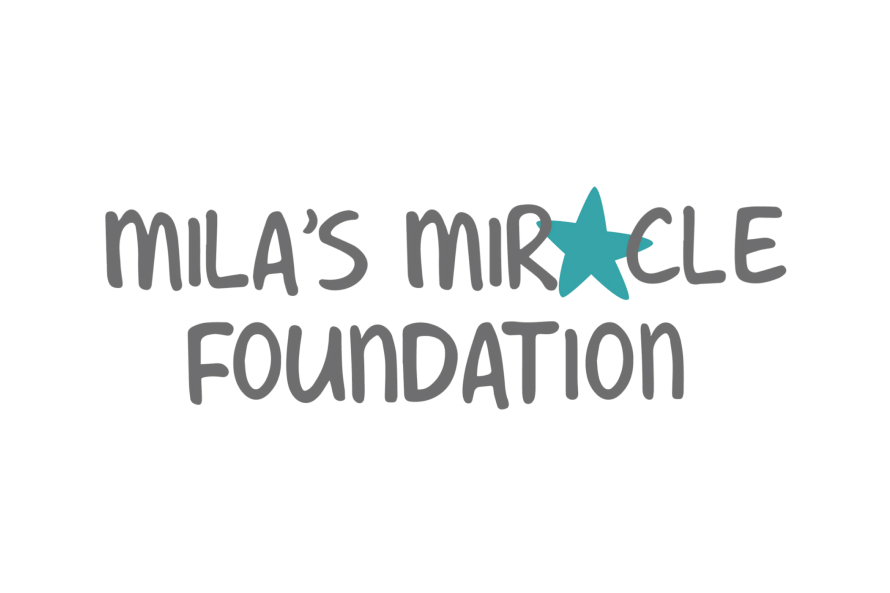Mila's Miracle Foundation
Patient-Partnered Collaboration
Our mission is to find and fund paths to a cure for devastating neurological conditions like Batten disease. We are focused on helping to grow the new field of individualized medicines which Mila’s story has opened up, and making it accessible to many more across all rare diseases. Our hope is that our work will give other children like Mila a second chance at life.
Last updated 04/30/2025
Clinical
Disease Class
Neurological diseases
Body Systems
Nervous / Sensory
Organs
Brain
Eyes
Muscles
Known Genetic Link
Yes, one or more genes directly cause the condition
causative_genes
CLN1 (PPT1)
CLN10 (CTSD)
CLN11 (GRN)
CLN12 (ATP13A2)
CLN13 (CTSF)
CLN14 (KCTD7)
CLN2 (TPP1)
CLN3
CLN4 (DNAJC5)
CLN5
CLN6
CLN7 (MFSD8)
CLN8
contributory_genes
None specified / unknown
Type of Inheritance
Autosomal recessive
Newborn Screening
No, but we are in the process of requesting the addition of our gene(s)
Disease Mechanism(s)
Lysosomal defects
Age of Onset
Adolescence (12-17)
Adulthood (age 18-64)
Early childhood (age 1+-5)
Infancy (age 0-1)
Middle childhood (6-11)
Average Age at Diagnosis
Adolescence (12-17)
Adulthood (age 18-64)
Early childhood (age 1+-5)
Infancy (age 0-1)
Middle childhood (6-11)
Life Expectancy
Adolescence (12-17)
Adulthood (age 18-64)
Early childhood (age 1+-5)
Infancy (age 0-1)
Middle childhood (6-11)
Affected Sex(es)
Female
Male
National Prevalence
101-1000
Global Prevalence
1001-10000
National Incidence
Less than 10
Global Incidence
Less than 10
Populations and/or ancestry with higher prevalence
European
Symptoms / Phenotypes
balance problems
behavioral changes
cognitive decline
dementia
developmental delay
feeding difficulties
growth delay / deficiency
intellectual delay / global developmental delay
microcephaly
seizures / epilepsy
sleep disorders
speech problems / apraxia
vision problems
Biomarkers
Diagnostic
· Brain volumetry, Cerebrospinal fluid (CSF) proteins, CSF metabolites
Monitoring
· Brain volumetry, Brain activity, Neurofilament proteins
Prognostic
· Brain volumetry, Cerebrospinal fluid (CSF) proteins, CSF metabolites
Therapeutic
· Brain volumetry, Brain activity, Neurofilament proteins
Existing Therapies
Complementary and Alternative treatments
· Some existing treatments can help control the symptoms of Batten disease and improve children’s quality of life — such as antiseizure drugs, treatments for spasticity, medications for anxiety and other behavioral symptoms, and physical and occupational therapy. These treatments cannot cure Batten disease but can help children retain their abilities for as long as possible. These treatments include: Anticonvulsants - Control seizures; Cerebyx (fosphenytoin) - Helps control generalized tonic-clonic status epilepticus seizures
FDA-Approved for Symptom Relief
· Cerliponase alfa, also known by the brand name Brineura, is an enzyme replacement therapy that slows the loss of walking ability in children with CLN2
Organizational & Research
Cell Lines
Fibroblasts
iPSCs
Lymphoblasts
Cell Lines, Institution
Boston Children's Hospital
Northwestern University
Cell Lines, Involvement
Funded
Cell Lines, share
All our cell lines are freely available
Disease Model
Japanese macaque
Disease Model, Involvement
Funded
Disease Model, share
All our disease models are freely available
Clinical Trial Role
Data sharing
Funding
Meeting with regulators
Recruitment and outreach, patients
Recruitment and outreach, trial sites/physicians
Results dissemination, publication
Study material design, review (not protocol)
Study protocol design, review
Travel coordination
Biobank, Institution
Boston Children's Hospital
Biobank, Involvement
Consulted
Designed
Center of Excellence, Institution
Children's Hospital of Colorado
Center of Excellence, Involvement
Consulted
Designed
Funded
Registry
No, we do not have a registry and have no plans to create one
Natural History Study
Yes, we have collaborated on a natural history study
Data Collected, Natural History Study
Clinical endpoints (outcomes)
Electronic health records/electronic medical records
Genetic data
Imaging data
Medication usage
Patient-reported outcomes
Prospective data
Retrospective data
Platform, Natural History Study
Not specified
FDA Patient Listening Session
No
FDA Patient-Focused Drug Development (PFDD) Program
No
ICD Codes
We use an ICD-10 code capturing the family of diseases to which our disease belongs
Diagnostic Guidelines
No
Science Advisory Board Policies
No policies
Research Network Policies
Has CRN but no policies
Research Roadmap
We don't have a Research Roadmap
International Chapters
None
International Partners
Europe
Oceania
